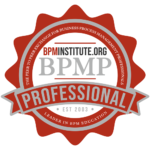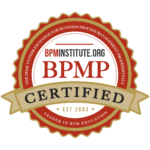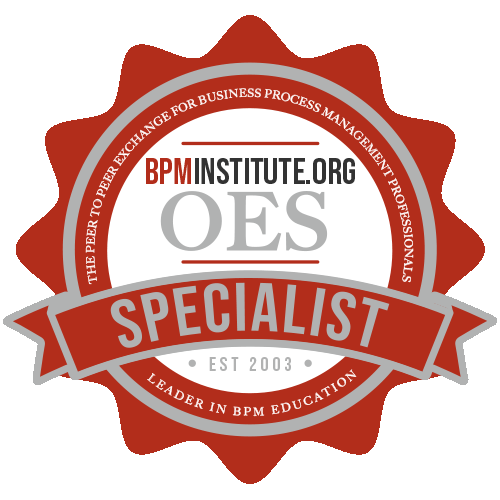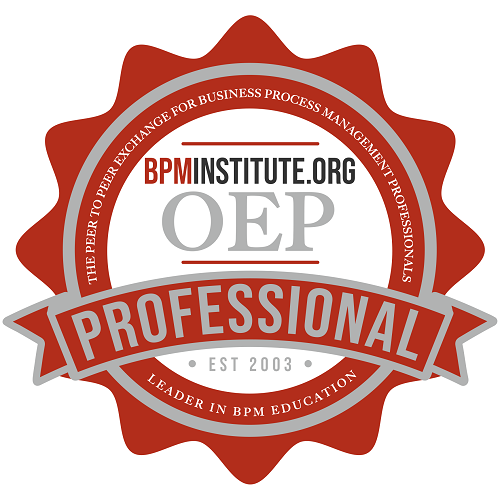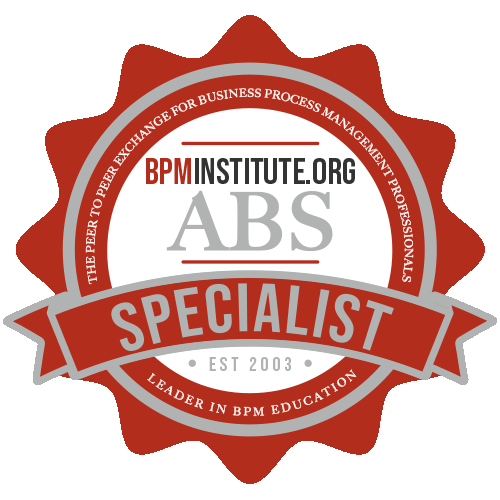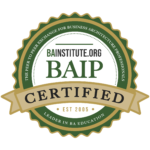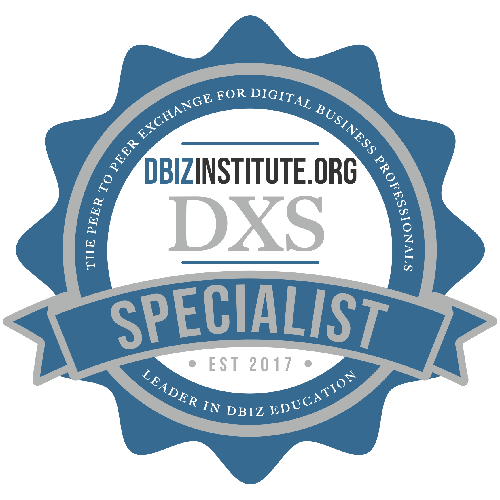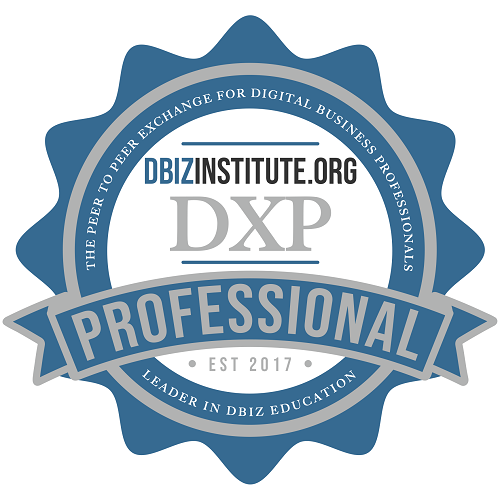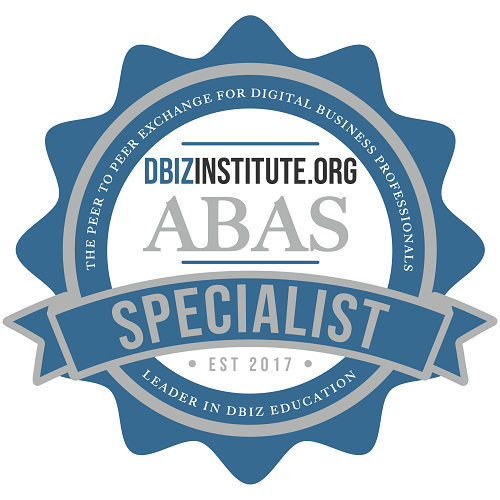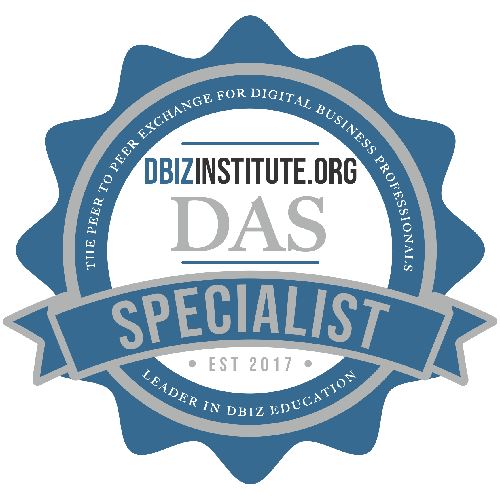Home / Resources
Resources
Discover a Wealth of BPM Knowledge and Expertise at BPMInstitute.org!

A Government Flavour to Business Architecture
Most articles written about Business Architecture reflect upon an organisations design within a private sector environment whereby the driving force in deciding the organisations direction is profit and loss. Profitability can more or less be measured by cost of company operations and optimisation of transactional and support activities against revenue generated from customer needs. Other measures such as customer satisfaction, quality, and price of competitor products and services all affect the organisations design, direction, operation and optimisation.

Process Improvement: How to start and the role of the 3-P’s
So you have been through countless meetings and discussions with your peers, managers, executives, and anyone who would be a tad interested in Business Process Management, and how a BPM platform would not only streamline line-of business processes but also improve the overall efficiency of the organization. You tried every possible way to convince people in your organization that “process” is not just about drawing rectangular blocks on a blackboard, or post-it notes on large paper boards, but about the methodology that encapsulates process improvement and the larger gain that such a methodology could provide to the organization in the long run. You discussed how process improvement and management could provide better ROI, increase efficiency and visibility, and improve collaboration; how a BPM system, model-driven framework and Service Oriented Architecture would increase the rate of deployment of business critical processes.

Regulatory Reforms (DF) and Strategic Remediation Plan
Introduction (What and Why)
The recent financial crisis and economic downturn has shown that there is a great need for a properly resilient and robust financial/banking system. This need for stability has prompted the banking industry to undergo drastic changes. Financial firms are adjusting business operations in order to be compliant with increased regulatory demands. Naturally, this adjustment has led to higher operating costs. Falling profits associated with this regulatory squeeze can be ameliorated by strategic adherence to cost cutting methodologies – namely Business Process Management (BPM), Business Process Outsourcing (BPO), and Business Intelligence (BO).
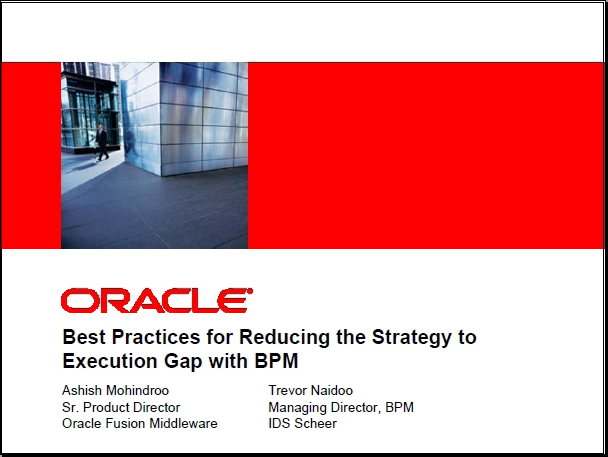
Best Practices and Customer Success with BPM
Dan discusses BPM success stories and resulting best practices from recent implementations.
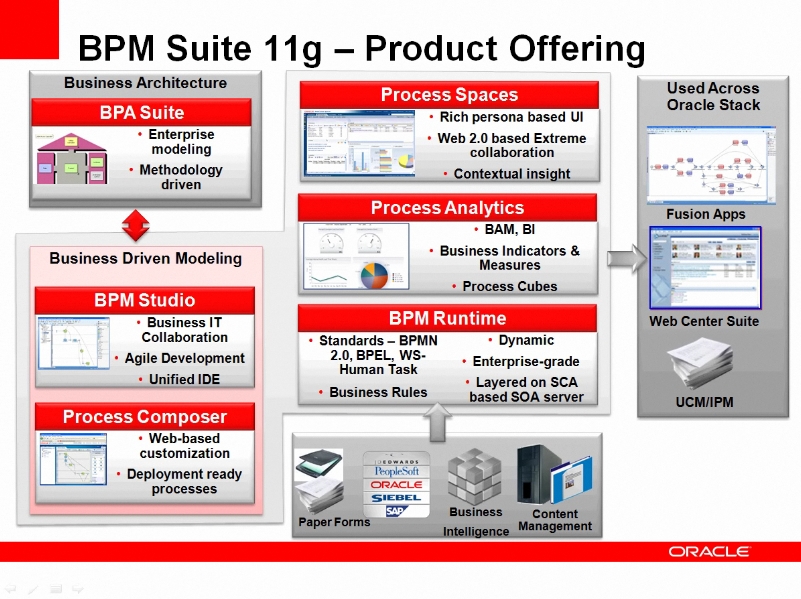
Product Demonstration Oracle BPM Suite 11g
An overview of the aspects of BPM Suite 11g and a thorough look at the latest process management technology from Oracle that is being designed to simplify achieving process management success.
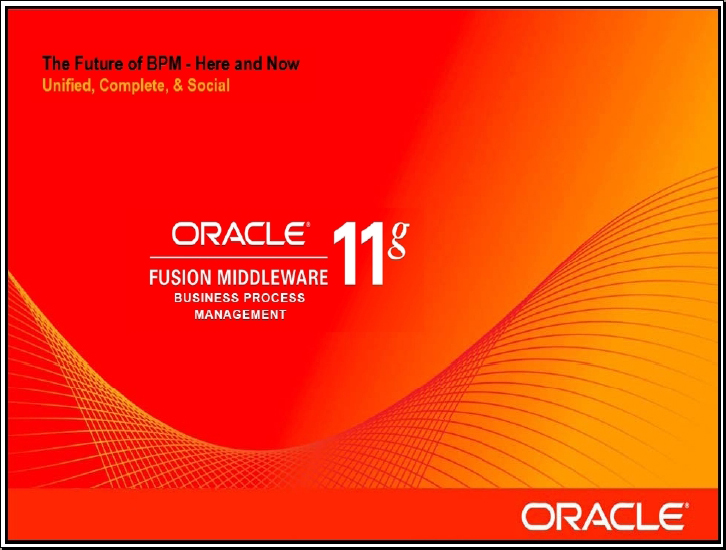
How to Break Through the Barriers to BPM
Discussion of the role BPM plays in technology and changes in technology. Process management is about being able to adapt and change. Dan addresses the challenges to BPM success and provide best practices and case studies to highlight processes, results and challenges addressed.

PMI Mortgage Insurance Co’s Roadmap to Business Agility
Case study about how PMI used rules management and process management to achieve business agility i.e. better, faster and cheaper changes to achieve business results. Also discusses how IT collaborated with business as facilitator and enabler.
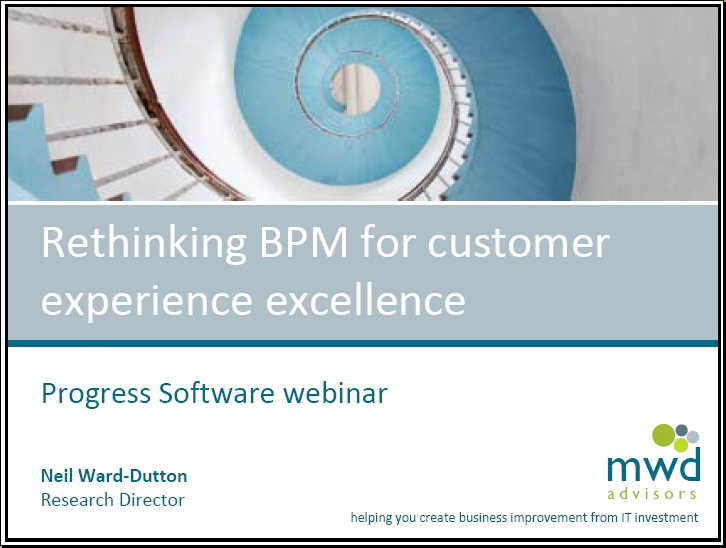
Driving Excellence in Customer Experience with BPM
Today, more than ever, customers have greater expectations and less patience when interacting with suppliers. We now expect businesses to be “always-on”, everywhere, integrated, and smart. Companies which passively wait until a process breaks find it not only an expensive way to solve a problem but also risky to their brand and reputation as more and more customers complain via social media channels. In fact, according to a survey on operational responsiveness, 67% of companies heard about problems from their customers before they had identified them themselves.

Business Architecture for Everyone
Leveraging Business Architecture for a Business Analysis Practice

Leading Process Change
Many firms are actually quite good at improving performance on projects of small scope within traditional organizational boundaries and yet they struggle in achieving sustainable improvements to large business processes such as order fulfillment and new product introduction.
What’s the problem? Lack of committed leadership typically surfaces among the top few barriers in practically every survey on the obstacles in making major improvements to organizational performance. Why do leaders continue to struggle in this regard? There are at least three reasons.

The 6 C’s of Process Improvement – The Owner’s Manual
What do can you do when process improvement is needed and there is no executive sponsor available?

Thoughts on SOA and the Cloud
The cloud is all the rage this year, so not to be left out, I thought I better write something about it. Once you get past the ‘cheaper, faster, better’ hype, one of the common themes is the apparent synergy between the cloud and SOA. Well duh! The cloud is all about making IT resources available as services, and Service Oriented Architecture is all about creating solutions with service building blocks. In this column Let’s start looking at this with some definitions:

Reinventing “Lean Thinking”
Has Lean delivered its full promise to date? Observing the evolution of the “Lean Thinking” concept in the past 30 years in North America is very interesting. A few years back, the (yet another new) term “LEAN” was coined and brought forth, which I found fit perfectly in describing the main thrust of the philosophy and what the driving methodology was intended to achieve.
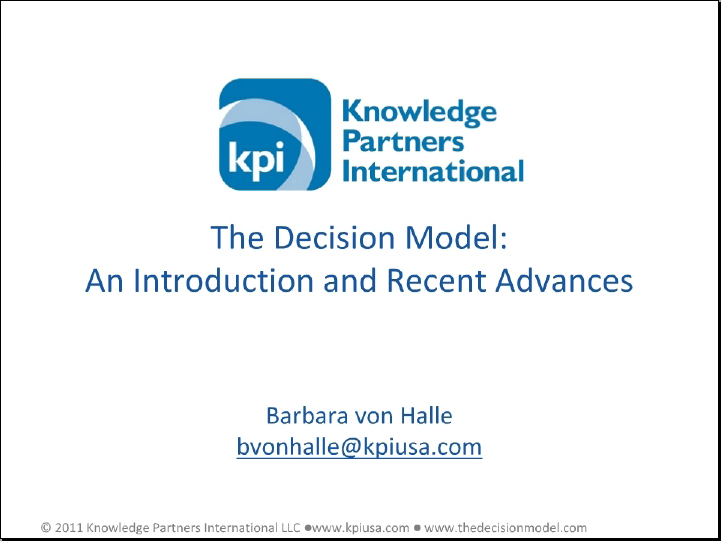
The Decision Model: Recent Advances
The Decision Model is a new Business Logic Framework that impacts not just technology trends but also business management practices.It brings to the world of business rules a well-defined structure based on the inherent nature of logic, extended with integrity and normalization principles. This is similar to the concept to what the relational model brings to the world of data.
Presenter Bio
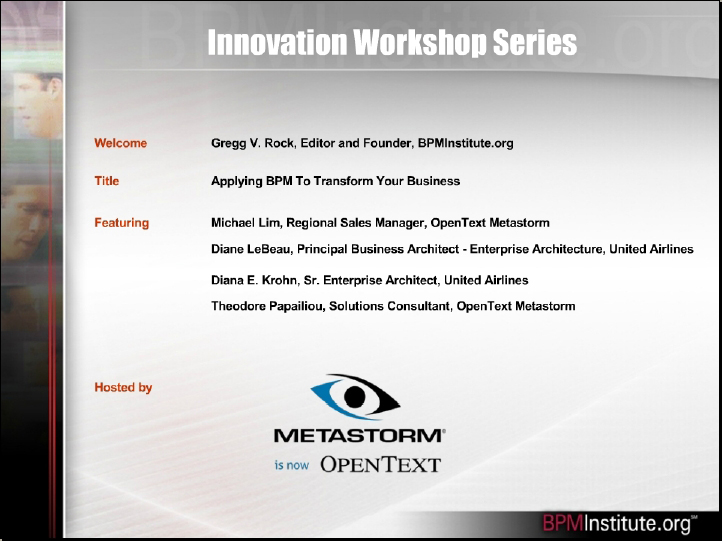
How BPM Enables Transformation: Part 2
See a demo of how upfront analysis maps the organization and processes and then optimizes them.
The presenter demonstrates the cycle of identifying the process, goals and strategies of the organization from the enterprise architecture perspective moving down into the business process analysis.
See a demo of how upfront analysis maps the organization and processes and then optimizes them.
BPM Project Best Practices
Learn how to align the promise of BPM with your current process initiatives. This will be an interactive workshop where participants share their past experiences in BPM and identify pitfalls and best practices. Additionally, participants will break out into team to develop BPM strategies based on use case scenarios.
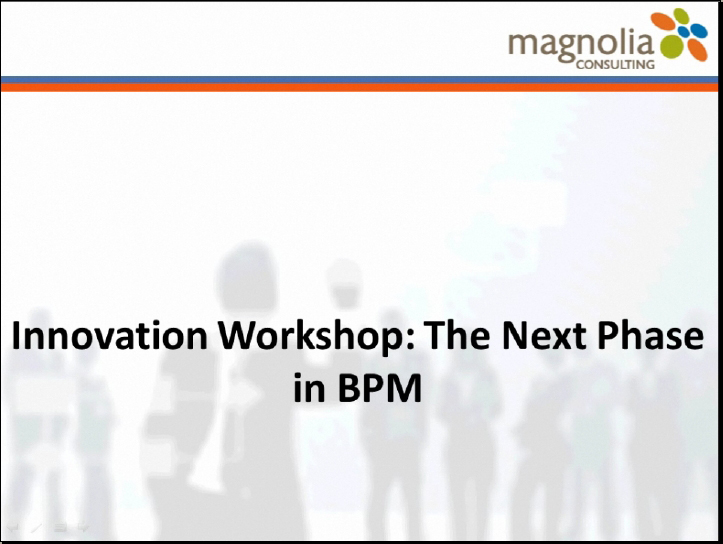
How To Make The BPM Promise A Reality
Learn how to align the promise of BPM with your current process initiatives. This will be an interactive workshop where participants share their past experiences in BPM and identify pitfalls and best practices. Additionally, participants will break out into team to develop BPM strategies based on use case scenarios.
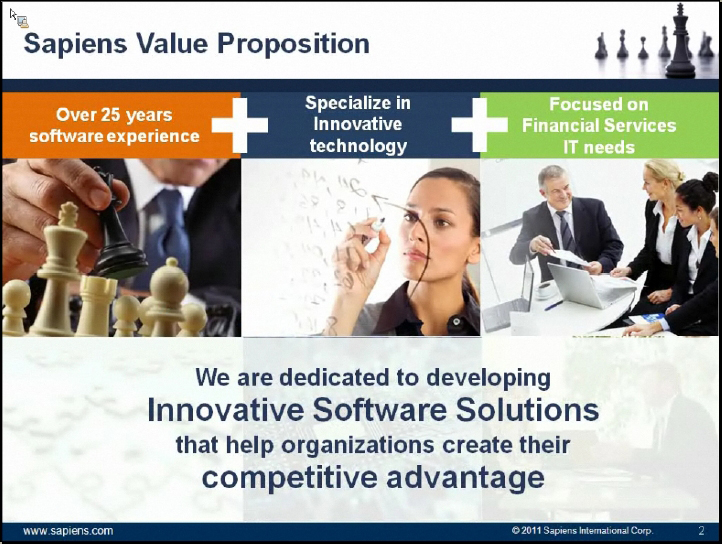
Business Decision Execution Environment
The Decision Model is a new Business Logic Framework that impacts not just technology trends but also business management practices. It brings to the world of business rules a well-defined structure based on the inherent nature of logic, extended with integrity and normalization principles. This is similar to the concept to what the relational model brings to the world of data.
Tomer Srulevich, VP Professional Services and Business Development, Americas at Sapiens
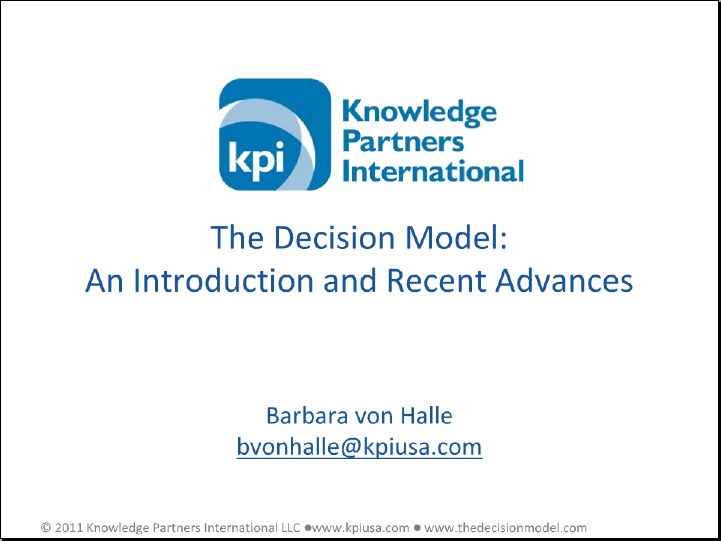
The Decision Model: An Introduction
Introduction to The Decision Model and its latest advances
The Decision Model is a new Business Logic Framework that impacts not just technology trends but also business management practices. It brings to the world of business rules a well-defined structure based on the inherent nature of logic, extended with integrity and normalization principles. This is similar to the concept to what the relational model brings to the world of data.
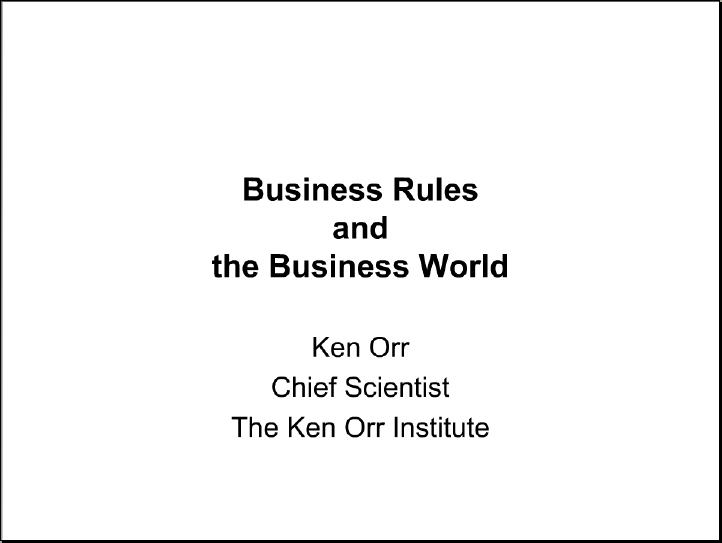
Business Rules and the Business World
The Decision Model is a new Business Logic Framework that impacts not just technology trends but also business management practices. It brings to the world of business rules a well-defined structure based on the inherent nature of logic, extended with integrity and normalization principles. This is similar to the concept to what the relational model brings to the world of data.
Presenter Bio


